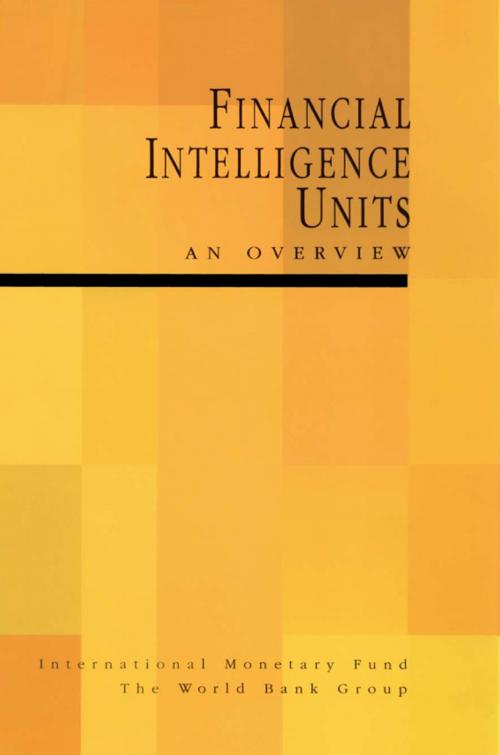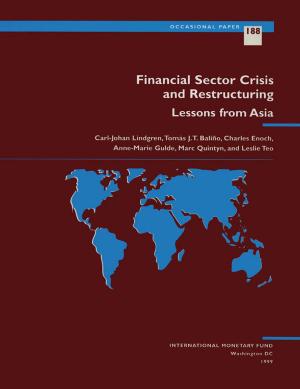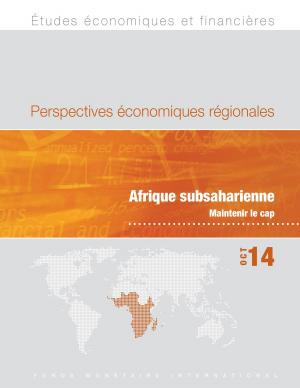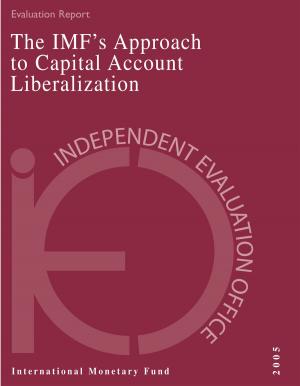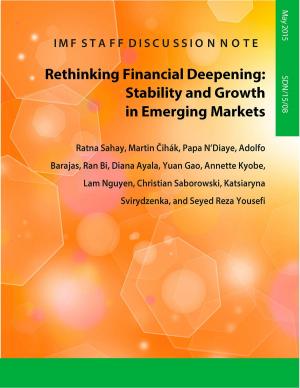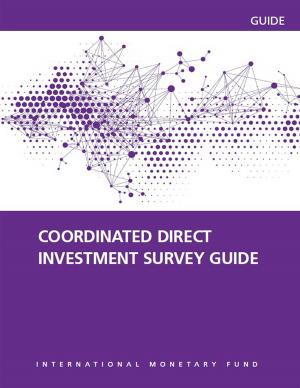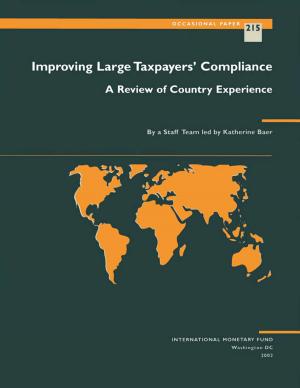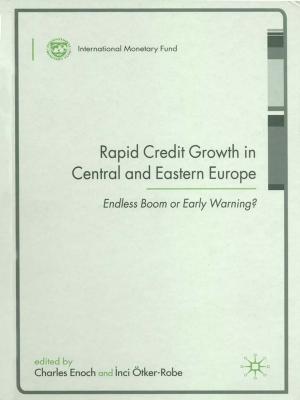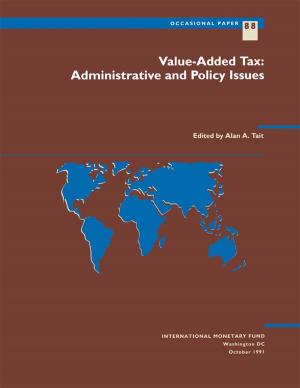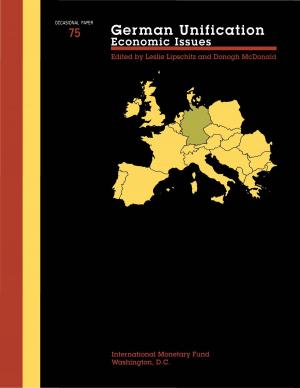Financial Intelligence Units
An Overview
Business & Finance, Economics, Public Finance, Statistics, Finance & Investing, Finance| Author: | International Monetary Fund | ISBN: | 9781455294008 |
| Publisher: | INTERNATIONAL MONETARY FUND | Publication: | June 17, 2004 |
| Imprint: | INTERNATIONAL MONETARY FUND | Language: | English |
| Author: | International Monetary Fund |
| ISBN: | 9781455294008 |
| Publisher: | INTERNATIONAL MONETARY FUND |
| Publication: | June 17, 2004 |
| Imprint: | INTERNATIONAL MONETARY FUND |
| Language: | English |
Over the past decade and beyond, the need for a modern anti-money-laundering strategy has become widely accepted internationally. Depriving criminal elements of the proceeds of their crimes has increasingly been seen as an important tool to combat drug trafficking and, more recently, as a critical element in fighting organized crime, corruption, and the financing of terrorism, and maintaining the integrity of financial markets. The first few financial intelligence units (FIUs) were established in the early 1990s in response to the need for countries to have a central agency to receive, analyze, and disseminate financial information to combat money laundering. Over the ensuing period, the number of FIUs has continued to increase, reaching 84 in 2003. This handbook responds to the need for information on FIUs. It provides references to the appropriate Financial ActionTask Force (FATF) standards wherever appropriate.
Over the past decade and beyond, the need for a modern anti-money-laundering strategy has become widely accepted internationally. Depriving criminal elements of the proceeds of their crimes has increasingly been seen as an important tool to combat drug trafficking and, more recently, as a critical element in fighting organized crime, corruption, and the financing of terrorism, and maintaining the integrity of financial markets. The first few financial intelligence units (FIUs) were established in the early 1990s in response to the need for countries to have a central agency to receive, analyze, and disseminate financial information to combat money laundering. Over the ensuing period, the number of FIUs has continued to increase, reaching 84 in 2003. This handbook responds to the need for information on FIUs. It provides references to the appropriate Financial ActionTask Force (FATF) standards wherever appropriate.
